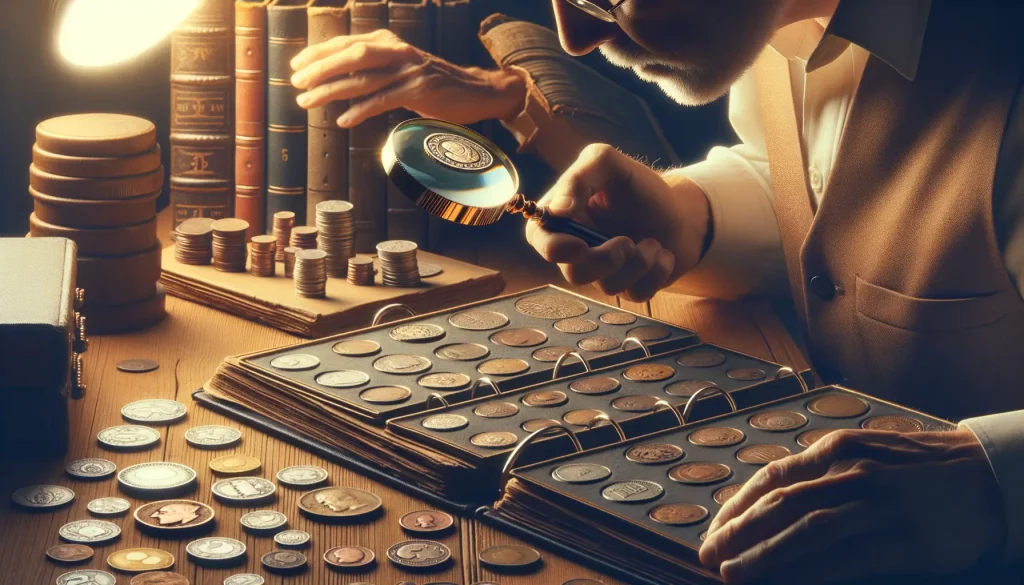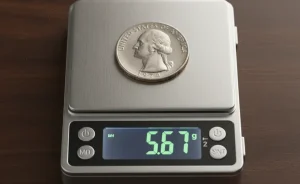Understanding Mint Marks and Their History
Tracing the Origins of Mint Marks
Imagine standing in a bustling mint hundreds of years ago, where molten metal is poured into molds, each coin a masterpiece in its own right. But how could anyone possibly know where these coins were born? Enter the unsung hero of numismatics: the mint mark. These tiny symbols—an unassuming “D” for Denver or an “S” for San Francisco—carry the weight of history, linking each coin to its place of creation.
Mint marks first appeared during the Roman Empire, when officials needed to track where coins were produced (and who was accountable if something went wrong). Fast forward to the 19th and 20th centuries, and U.S. mints used letters like “P,” “O,” and “CC” to represent various production facilities. Think of them as birth certificates etched in metal!
The Stories Hidden in Symbols
Did you know some mint marks are rare treasures themselves? The Carson City “CC” mark, for example, whispers tales of the Wild West, while the New Orleans “O” speaks of Southern charm. Collectors often relish hunting down coins from closed mints, as the marks from these now-defunct facilities are like ghostly echoes of history.
- “CC”: Carson City, known for limited runs and high value.
- “W”: West Point, famed for modern commemorative coins.
- “None”: Philadelphia, often mark-free before the mid-20th century!
Once you start noticing mint marks, it’s as if coins transform into storytellers—and trust me, you’ll never look at pocket change the same way again.
Why Mint Marks Matter in Coin Collecting
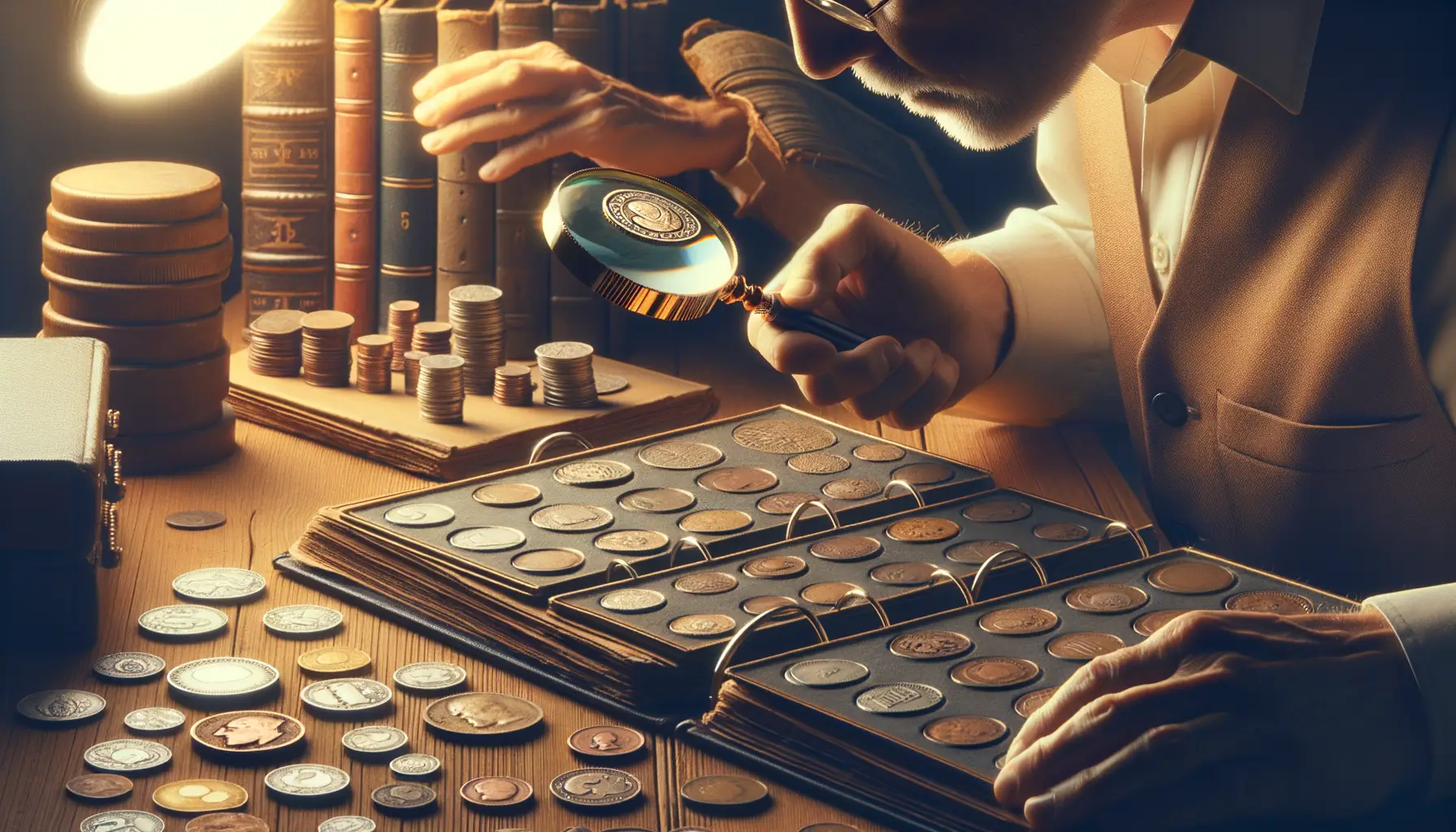
The Hidden Stories Behind Mint Marks
Imagine holding a coin in your hand, its surface cool and smooth, the tiny stamp of a mint mark barely visible at first glance. That unassuming little letter or symbol is the key to unlocking an entire world of history—like a secret code hidden in plain sight. Mint marks aren’t just decorative extras; they’re storytellers, whispering tales of where a coin was born, what era it belonged to, and even how far it traveled to end up in your collection.
Take, for example, the difference between a coin minted in Philadelphia, marked with a “P,” versus one struck in San Francisco, proudly bearing an “S.” These locations shaped the coins themselves—different supply chains, equipment, even slight variances in alloy composition. Each mint has its own personality, adding distinct character to the coins they produce.
Why Collectors Chase Specific Mint Marks
Some mint marks turn ordinary coins into treasures. Why? It’s often a fascinating concoction of rarity, historical context, and collector demand:
- “CC” Carson City coins: Produced in smaller numbers during the Wild West days, they’ve become prized gems today.
- No mint mark: Yes, even its absence can mean something extraordinary, hinting that the coin was struck in the early days of U.S. history.
Collectors thrive on these details because mint marks introduce an element of mystery and exclusivity. They make the hunt exciting, every find a potential jackpot. Digging into a coin’s mint history feels like piecing together a fascinating puzzle—one small detail could change everything.
How to Identify Mint Marks on Coins
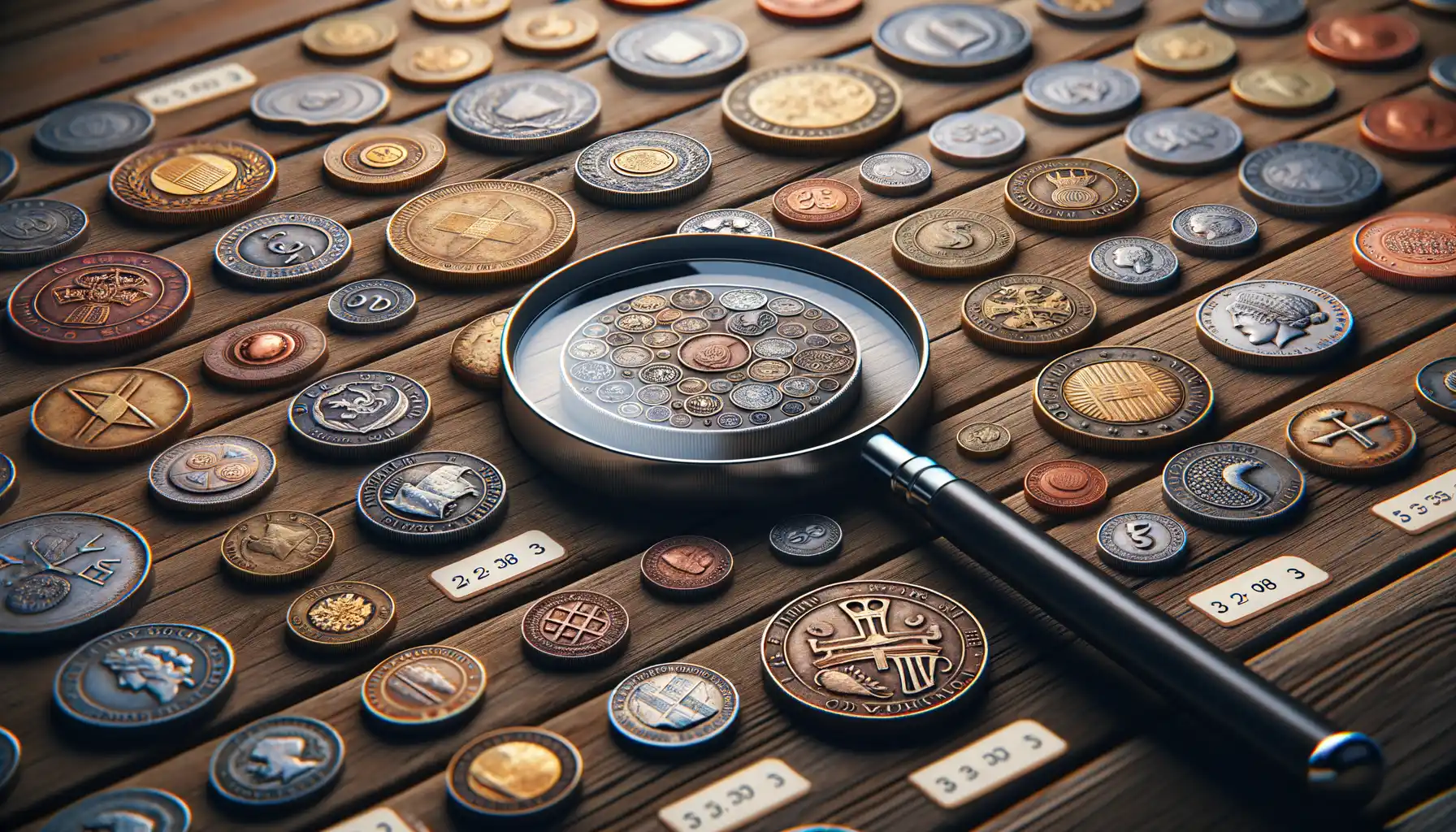
Spotting Mint Marks: A Treasure Map on Your Coins
Have you ever taken a closer look at your coins and spotted a tiny letter sitting almost like a whisper in metal? That, my friend, is the elusive mint mark. It’s not just decoration—it’s the key to unlocking your coin’s roots. Finding it might feel like searching for hidden treasure, but trust me, it’s worth every second.
For most U.S. coins, you’ll want to focus your attention near specific parts of the design. Here’s where to look:
- On pennies: Just below the year, slightly to the right.
- On quarters and dimes: Flip it over—mint marks love to hide on the reverse near the bottom!
- On silver dollars: Try the back, above or below the eagle’s tail feathers.
Mint marks are often minuscule, so grab a magnifying glass if needed—seriously, they sometimes seem to play hide-and-seek! Whether it’s a proud “D” for Denver or the rare “CC” for Carson City, these letters connect your coin to a historic moment in minting history. Go ahead—start inspecting that spare change in your pocket! Who knows what stories it holds?
The Role of Mint Marks in Determining Coin Value

Why a Small Mark Can Spell Big Value
Behind every coin lies a story, and its mint mark is like a secret signature — subtle yet steeped in meaning. These tiny letters, often no bigger than a whisper on the coin’s surface, can dramatically influence its value. Why? Because they tell you exactly where the coin was born.
Collectors swoon over coins from particular mints because not all mint facilities produce coins in the same quantities. A coin minted in Carson City with its iconic “CC”, for instance, might be far rarer than one from Philadelphia, where no mint mark was traditionally used. This is where rarity meets demand, and value skyrockets.
- A 1909-S VDB Lincoln Cent? That little “S” for San Francisco shouts exclusivity.
- The 1885 “CC” Morgan Silver Dollar? A holy grail for many collectors.
Rarity Meets Condition: A Collector’s Dream
It’s not only about where but also how many. Some mint marks highlight coins struck in minuscule numbers, making them treasures to hunt. Yet, rarity alone isn’t enough—condition matters too. A beautifully preserved Mercury Dime from the Denver Mint (“D”)? Now we’re talking serious collector appeal! Every mint mark brims with potential intrigue—and that’s half the fun of the chase.
Tips for Collectors: Preserving Coins with Mint Marks
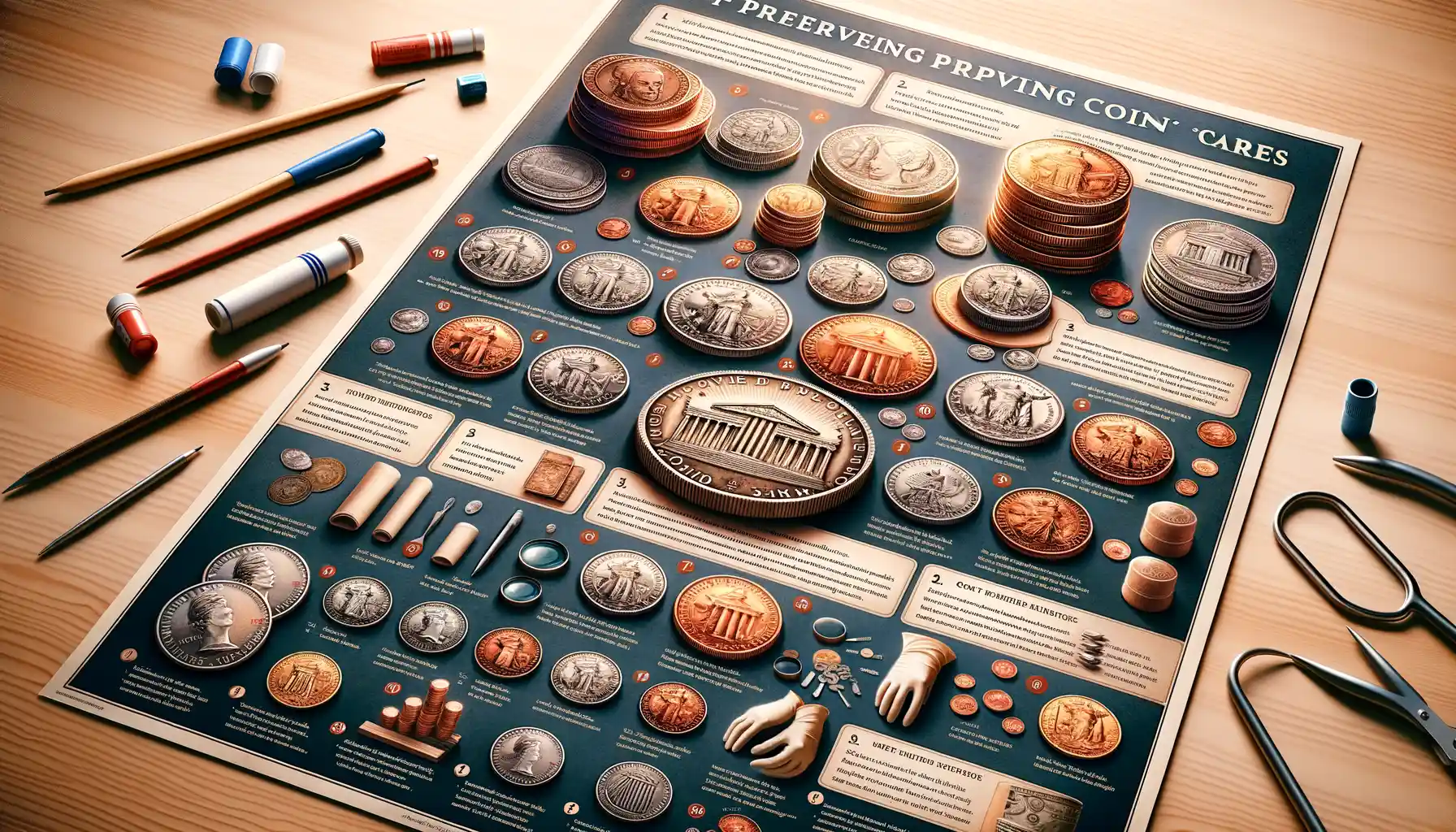
Guarding Your Treasures: Handling and Storage Tips
Coin collecting isn’t just a hobby—it’s a journey through time. And those tiny, often overlooked mint marks? They’re the storytellers of your collection, whispering tales of where each coin began its life. To preserve these delicate details, here’s how to ensure your coins stay as dazzling as the day they were minted.
- Handle with care: Always pick up coins by their edges to avoid fingerprints or oils reaching the surface. A simple slip can leave an irreversible mark, especially on older coins with intricate mint marks.
- The right gloves: Trust me, investing in cotton gloves is worth every penny (pun intended). Bare hands might unintentionally scratch the surface, dulling those mint mark details over time.
Perfect Homes for Precious Coins
Think of your coins like royalty—they need proper housing! For long-term storage, steer clear of cardboard holders that can trap moisture. Opt instead for acid-free folders or airtight capsules. A collector once mentioned keeping their prized coin from Carson City in a velvet-lined display case—it’s a stunning way to admire and protect history simultaneously.
Lastly, avoid high-humidity environments. Mint marks—even the sturdy “D” from Denver—can tarnish if exposed to damp air. If in doubt, add silica gel packs nearby to keep things fresh. After all, every collector knows: protecting the past ensures it sparkles for the future.

